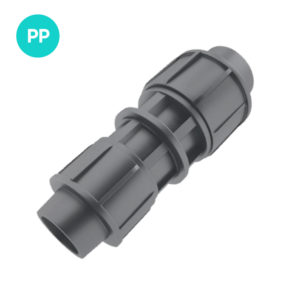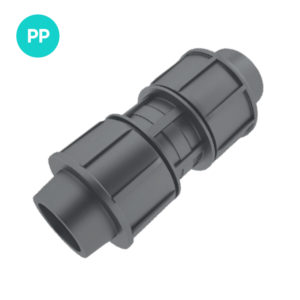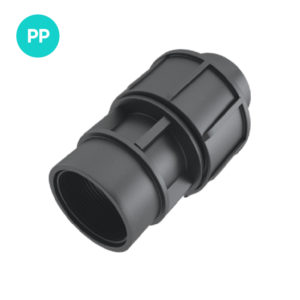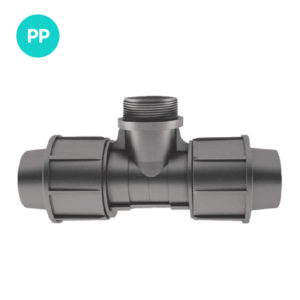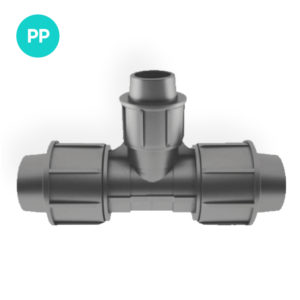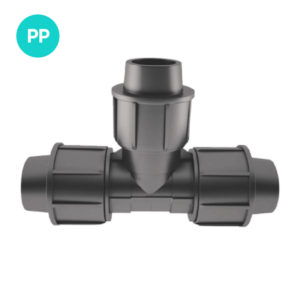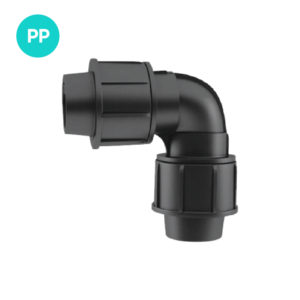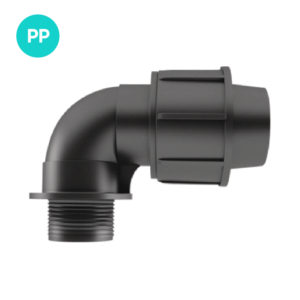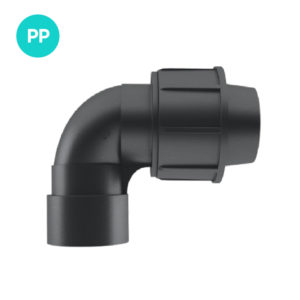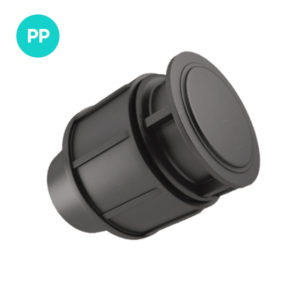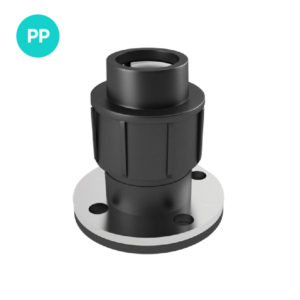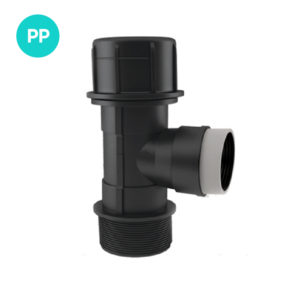Introduction
Compression Fittings
Compression fittings have a revolutionary structure and are simple to install and use, particularly for pipeline maintenance. Different from traditional metal fittings, it doesn’t require welding or soldering. This is due to the fact that the three components mentioned earlier create a strong connection without the need for any additional materials. You also don’t have to worry about corrosion because polypropylene is resistant to it.
It is a perfect solution for those who need a fast and efficient way to connect two pieces of pipe together. Whether you’re a professional plumber or someone who just needs to do some quick repair work at home, compression fittings are definitely worth considering.
Compression fittings have a revolutionary structure that is simple to install and use, particularly for pipeline maintenance. The lock nut, pipe clamp, and V-shaped sealing ring make up a compression fitting. This design makes it easy to connect and disconnect pipes without the need for tools or special equipment. Compression fittings (PP) are also less likely to leak than traditional fittings, making them an ideal choice for use in high-pressure applications.
Hydroplast is a professional manufacturer of Compression fittings. The company has been in business for over 20 years and is dedicated to providing customers with the highest quality products possible.
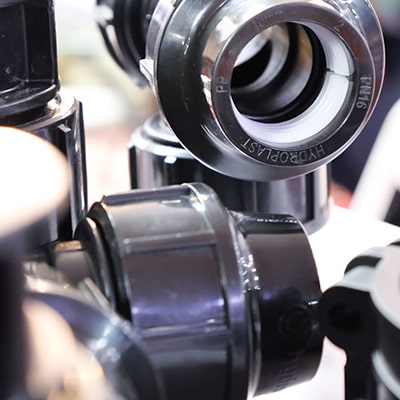

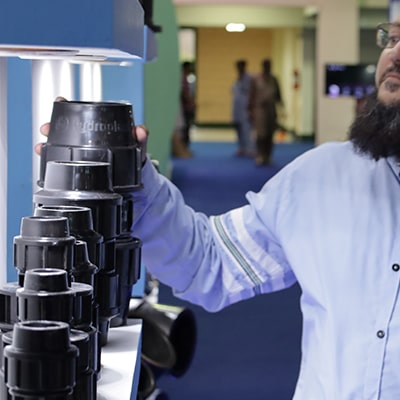

Why Compression Fittings Are The Best Pipe Fittings
When it comes to pipe fittings, there are a lot of different options to choose from. But when it comes to the best pipe fittings, Compression fittings are the clear winner. Here are a few reasons why PP compression fittings are the best pipe fittings:

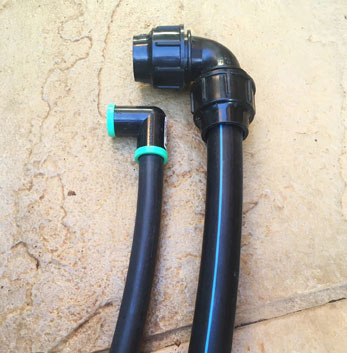
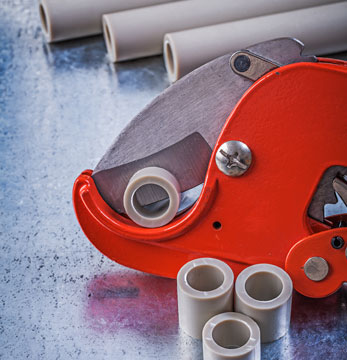
Compression Fittings
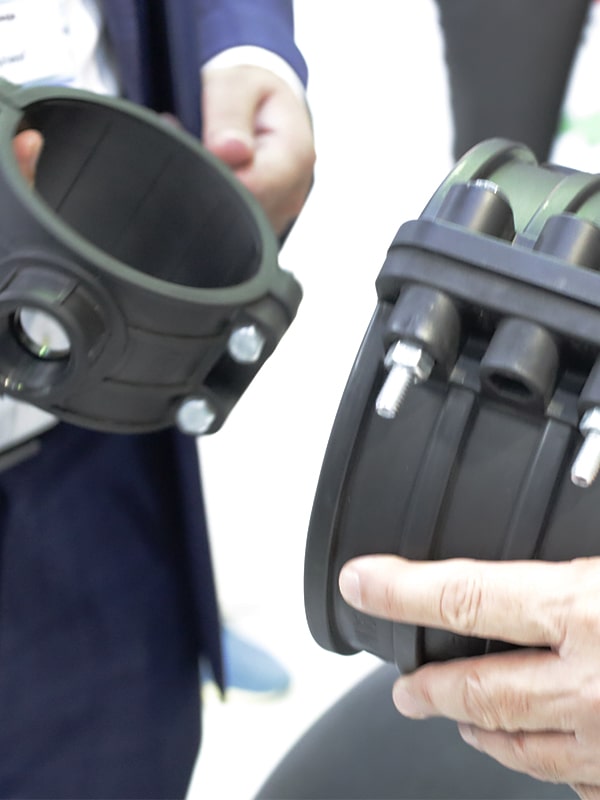
Features of Compression Fittings
There are many features that make compression fittings composed of multiple parts, convenient for connection, disassembly, flexibility and recycling,. They are an essential part of any piping system. Here are some of the most important features of compression fittings:
- They are composed of multiple parts, which makes them convenient for connection and disassembly.
- They are flexible, which makes them ideal for use in a variety of a lications.
- They can be recycled, which makes them an environmentally friendly choice.
- The compression nut is made from copper, which is often coated with a rust-inhibiting compound. The nut’s threads are also coated with an anti-corrosive compound, so that the nut will not corrode in the presence of water. The fitting’s threads are also coated with a rust-inhibiting compound and have a built-in o-ring, which keeps water from leaking out of the fitting.
- Compression fittings come in a full range of specifications, including equal diameter straight through, reducer straight through, straight tee, compression fitting reducer tee, internal thread tee, external thread tee, Compression fitting elbow, internal and external thread joint, plug, etc. There are often standards of 20, 25, 32, 40, 50, 63, 75, 90, and 110 in terms of size, which may accommodate the requirements of various construction sites.
Corresponding to the advancement of raw material technology is the history of pipes. The polymer boom of the 20th century altered many aspects of our existence. Giulio Natta, an Italian chemical engineer, wrote in his journal on March 11th, 1954, “created the polypropylene,” an innovation for which he was awarded the Nobel Prize in 1963. Polypropylene will start being produced industrially in 1957 under the “Moplen” name, and it will soon become one of the icons of the “economic boom.” The 1980s saw the introduction of polypropylene into industries like the pipe that had previously been dominated by the usage of steel and copper.
FAQ
What is Polypropylene(PP), and why it is a popular choice for containers and utensils.
Polypropylene is a type of plastic that is often used to make containers, utensils, and other products. Polypropylene is a light-weight, durable material that can be used in a wide range of applications. It is often used in the production of items such as bags, coatings, and coatings. It is often used in the production of containers because it has a low moisture absorption rate, which makes it easy to clean.
Polypropylene is also an excellent material for packaging because it is strong and lightweight.
How Polypropylene resistance to disinfectants such as chlorine and chloramines assured by manufacturers?
The resistance of polypropylene to disinfectants such as chlorine and chloramines is assured by manufacturing processes. One example of this is that polypropylene material is manufactured using a process called melt blowing, which involves using heat and air pressure to blow molten polypropylene into a fine fiber. The material is then cooled and formed into tubes or sheets. The process of melting, blowing, and cooling is repeated over and over again until the desired product is produced
Is it possible to install PP piping materials in return air plenums?
Polypropylene piping materials are a great choice for installing in return air plenums. There are many benefits to using these materials, such as the ability to install without conduit, to have a leak-free installation, and to be able to remove and replace without damaging the building structure. Polypropylene is also a very durable material that can withstand the effects of water, air, and sunlight.
Can potable water systems safely use Compression fittings?
It is well known that the use of compression fittings is safe when used in potable water systems. PP is a material that is resistant to hydrolysis, which means it can be used in potable water systems without any risk of contamination. PP’s resistance to hydrolysis and the fact that it is non-toxic makes it an excellent choice for potable water systems. The same goes for its resistance to corrosion, which means that it can be used in potable water systems without any risk of corrosion.
Is polypropylene approved by NSF standard 61 for drinking water
The NSF standard 61 is the standard that makes sure that drinking water is free of contaminants. There are three different levels of certification: NSF Standard 50, NSF Standard 53, and NSF Standard 61. The NSF standard 61 is the most stringent level of certification that ensures your drinking water is safe for you to drink. To achieve this standard, there are a few requirements for the polypropylene to be approved by the NSF. The polypropylene must be approved by the American Society for Testing and Materials (ASTM), which is a standard used in North America. It must also be certified by the NSF to be approved by the NSF standard 61. To obtain this certification, the polypropylene must have been tested for at least 24 months and must have been tested for a minimum of 10 different chemical compounds.
What is NSF Standard 61?
NSF Standard 61 is a set of standards that specify the quality, safety, and performance of water-based products. NSF Standard 61 was created in response to the growing concern of waterborne disease outbreaks such as Cryptosporidium and Giardia. NSF Standard 61 is also in response to increased public health awareness of water quality and safety.
How polypropylene is produced?
Polypropylene is a polymer made of propylene, which is composed of three carbon atoms and two hydrogen atoms. It is used in everything from packaging to household goods. It has a high melting point, so it doesn’t dissolve or break down easily. This makes it a popular choice for food-grade packaging.
It is a type of polymer that is often used in the production of plastics. It is a polymer made of ethylene and propylene that is produced by polymerization. Polypropylene is created by the addition of two or more units of propylene to one unit of ethylene. The formation of polypropylene starts with the reaction between propylene and ethylene to form a diene, followed by a ring-opening metathesis polymerization to create the desired polymer. It’s an ideal product to produce compression fittings (pp)







